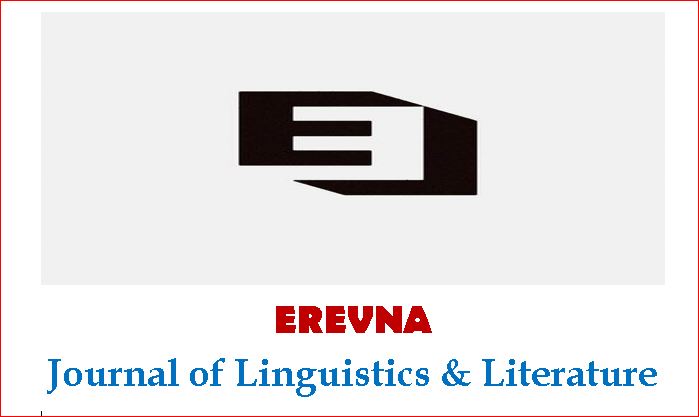Comparative Analysis of Pronouns in English and Urdu: A Cross-Linguistic Study
Abstract
Pronouns are essential for efficient and coherent
discourse. They prevent redundancy and keep
sentences concise and understandable. The objective
of this study is to compare and analyze the use of
pronouns in English and Urdu focusing on their
forms, grammatical functions and cultural contexts.
The study employed a cross-sectional survey design.
The sample population consisted of 107 native Urdu
speakers who live in Nepalgunj Sub-Metropolitan
City, Ward No. 11, Banke, Nepal. The researcher
used self-selection convenience sampling to select
the sample. Urdu language data was collected using
a structured questionnaire. However, English
language data was gathered from secondary
sources. The questionnaire consisted of ten closeended and forty open-ended questions. The questions
were written in English and translated into Nepali.
The data was analyzed using descriptive methods of
quantitative data analysis. The results revealed that
the Urdu language has a more wide range of
pronouns in second-person and honorific contexts.
English pronouns are more uniform across cases but
Urdu has gender-neutral pronouns. Urdu also
possesses distinctions based on proximity and
respect. The study highlights the structural and
functional variances in the pronominal systems of the
two languages.
References
Biber, D., Johansson, S., Leech, G., Conrad, S., & Finegan, E. (1999). Longman grammarof spoken and written English. Longman.
Celce-Murcia, M., & Larsen-Freeman, D. (1999). The grammar book: An ESL/EFL
teacher’s course (2nd ed.). Heinle & Heinle.
Farooq, S. (2018). Understanding Urdu grammar. National Book Foundation.
Finegan, E. (2012). Language: Its structure and use (6th ed.). Wadsworth.
Halliday, M. A. K., & Matthiessen, C. M. I. M. (2014). Halliday’s introduction to
functional grammar (4th ed.). Routledge.
Huddleston, R., & Pullum, G. K. (2002). The Cambridge grammar of the English
language. Cambridge University Press.
Hudson, R. A. (2000). Sociolinguistics (2nd ed.). Cambridge University Press.
Hussain, R. (2010). Politeness strategies in Urdu and English: A comparative study. Journal of Language and Linguistic Studies, 6(1), 45-67.
https://doi.org/10.1080/0950236X.2021.1902261
Javed, H. (2021). Demonstratives and deictics in Urdu. Language Research Bulletin, 22(3), 58-75. https://doi.org/10.1007/s00376-021-00253-2
Kachru, B. B. (1994). The dialects of English: Studies in grammar and variation.
Routledge.
Kroeger, P. R. (2004). Analyzing syntax: A lexical-functional approach. Cambridge University Press.
Lake Forest College. (2020). Pronouns: A guide from the Office of Intercultural Relations. Lake Forest College.
Lee, J. (2021). Comparative grammar of Indo-European languages. Cambridge University Press.
Leech, G. (2004). Meaning and the English verb (3rd ed.). Pearson Longman.
Mitchell, T. (2019). Gender and pronouns in Indo-Aryan languages. Palgrave Macmillan.
Office of Equity, Diversity, and Inclusion. (2020). Pronouns and inclusive language. University of California.
Quirk, R., Greenbaum, S., Leech, G., & Svartvik, J. (1985). A comprehensive grammar of the English language. Longman.
Rauf, S. (2007). A comparative study of pronouns in Urdu and English. Language in India, 7(7), 1-12. https://doi.org/10.1177/0261927X04005263
Sharma, V. (2020). Gender and pronouns in Indo-Aryan languages. Palgrave Macmillan.
Swan, M. (2005). Practical English usage (3rd ed.). Oxford University Press.
Translateen. (2023). Understanding English pronouns. Translateen.
Yule, G. (1998). Explaining English grammar. Oxford University Press.





